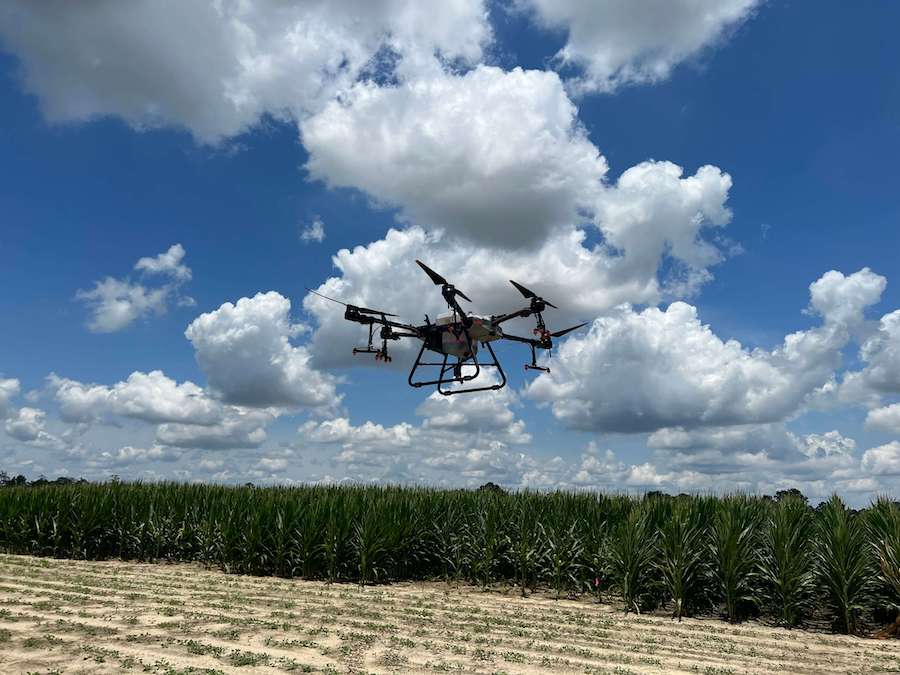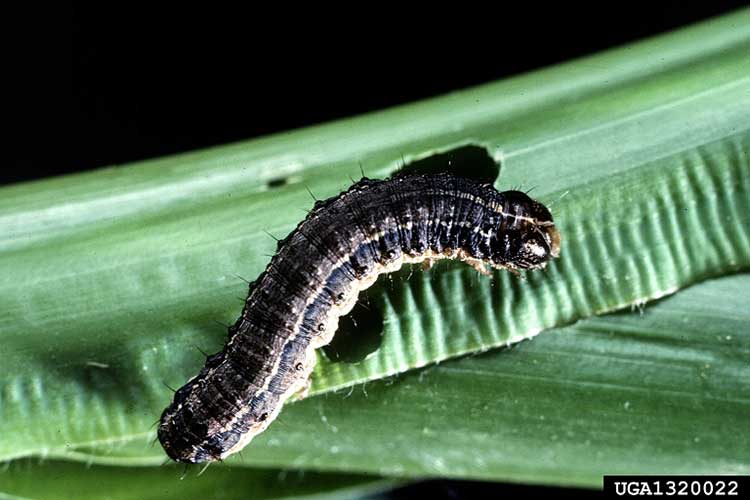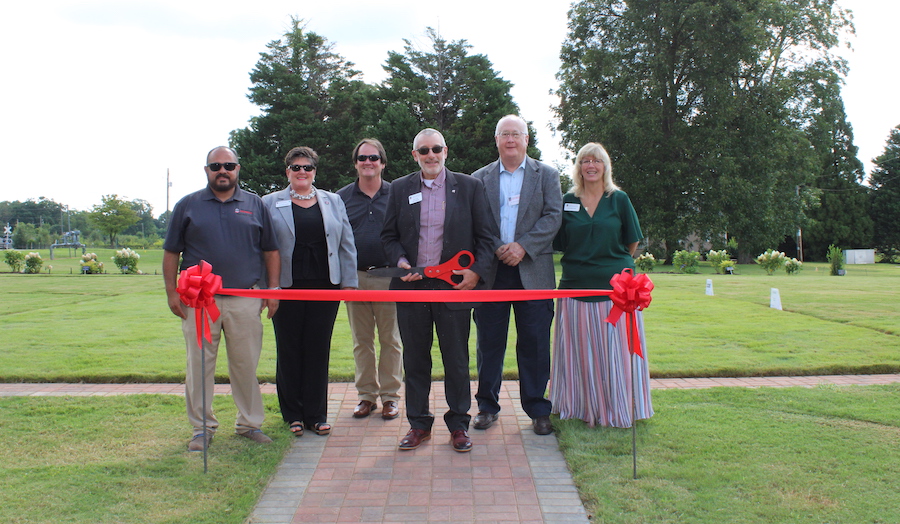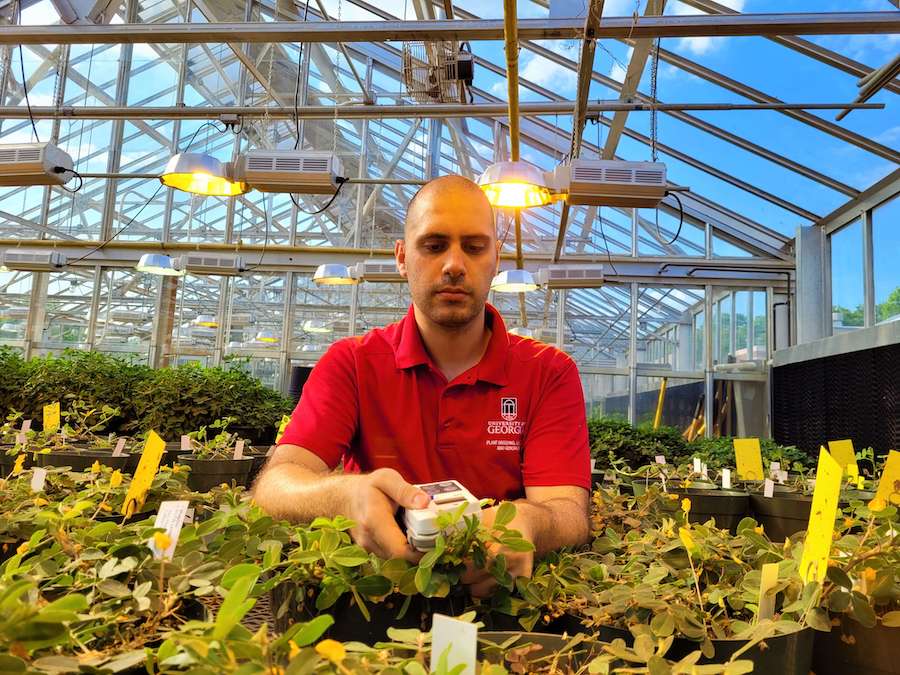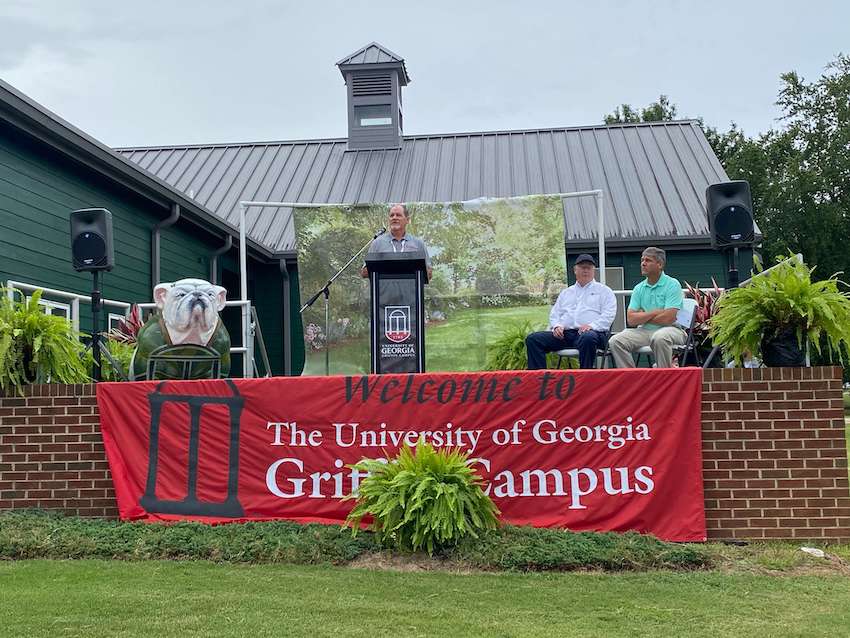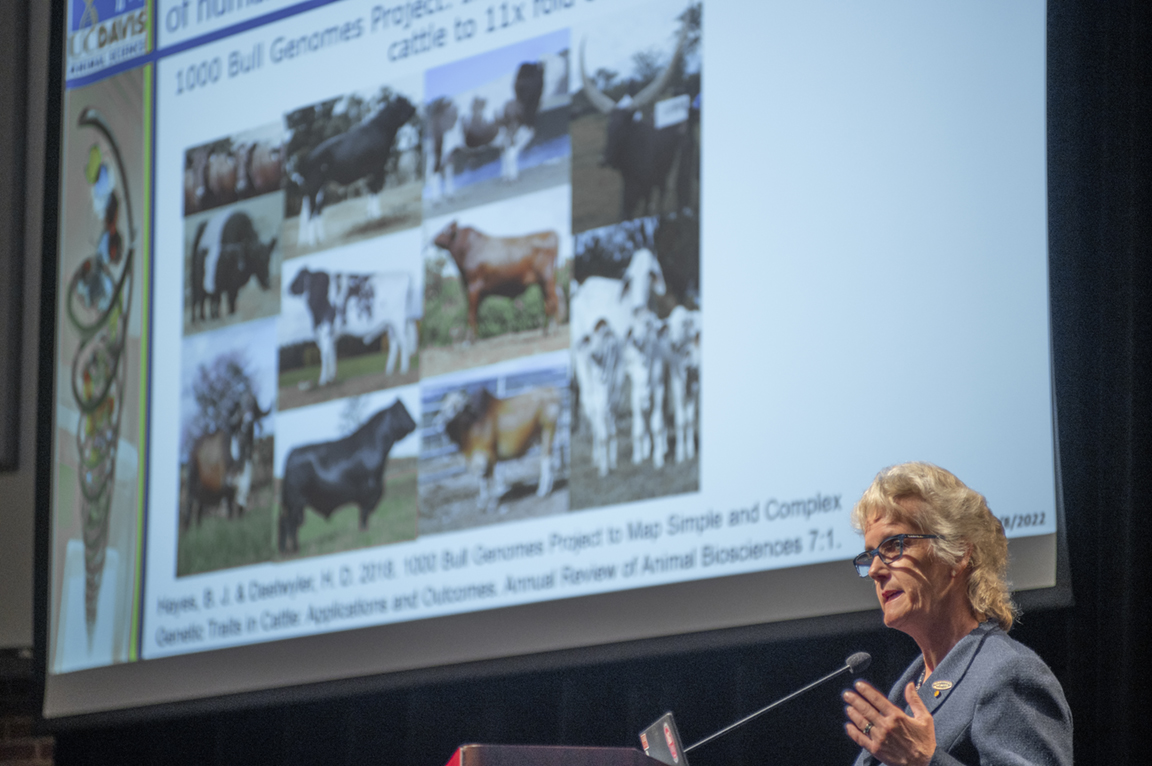 CAES News
CAES News
D.W. Brooks Lecture
Genetic improvement, particularly improvements related to animal production, has been one of the most transformational agricultural advancements in our history. The breeding of healthier, more productive livestock has been achieved through genetic selection over the course of time, both through natural genetic selection and through increased use of artificial insemination.

.png)
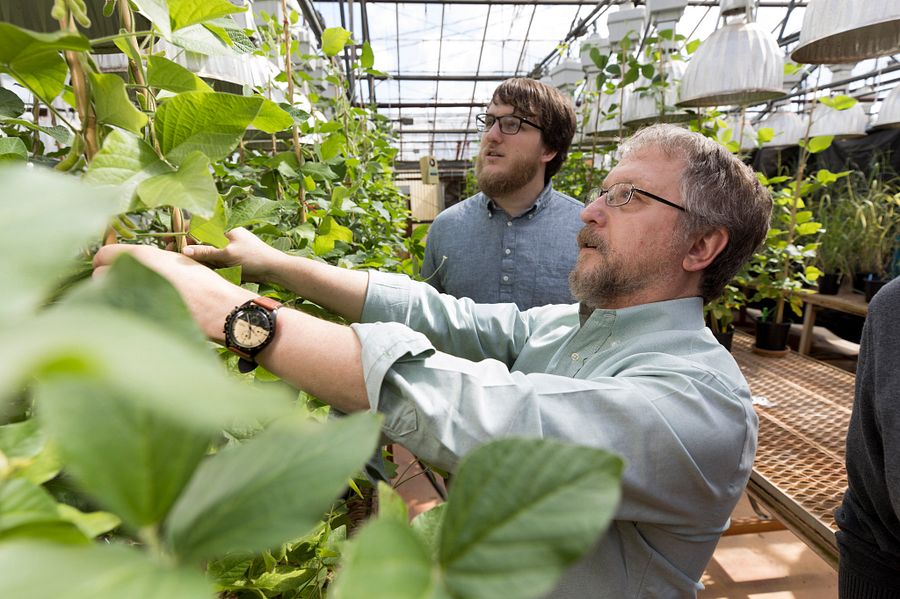
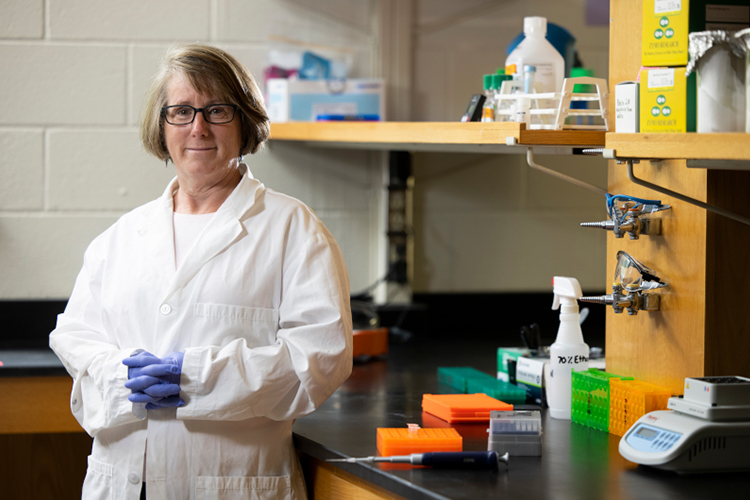
.jpg)
